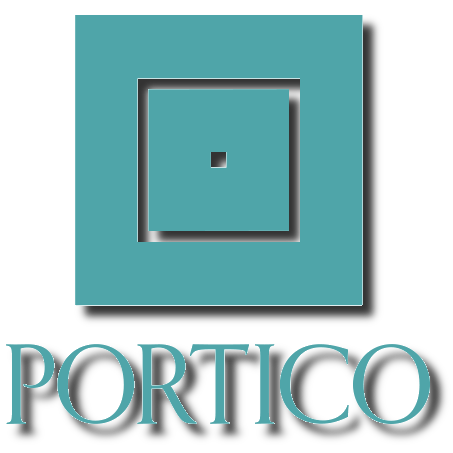Destination Marketing Strategies: Promoting Southeast Asia as a Premier Tourism Hub
DOI:
https://doi.org/10.18034/abcjar.v6i2.746Keywords:
Destination Marketing, Southeast Asia, Tourism Hub, Marketing Strategies, Promotion, Travel Marketing, Tourism DevelopmentAbstract
This study explores destination marketing strategies to promote Southeast Asia as a premier tourism hub. The study's main objectives are to analyze the effectiveness of current marketing approaches, identify challenges and opportunities in tourism promotion, and propose policy implications for sustainable tourism development. The methodology involves a comprehensive literature review, including academic research, industry reports, and government publications, to examine trends, best practices, and case studies in destination marketing. Significant findings highlight the region's cultural diversity, environmental sustainability concerns, collaborative partnerships, and technological innovations as critical factors influencing tourism promotion. Policy implications underscore the importance of infrastructure development, environmental conservation, political stability, and digital transformation in fostering tourism growth and competitiveness. By addressing these challenges and leveraging opportunities, Southeast Asia can enhance its attractiveness as a premier tourism destination and stimulate economic development.
Metrics
Downloads
References
Debata, B. R., Kumar, S., Patnaik, B., Mahapatra, S. S. (2013). Evaluating Medical Tourism Enablers with Interpretive Structural Modeling. Benchmarking, 20(6), 716-743. https://doi.org/10.1108/BIJ-10-2011-0079 DOI: https://doi.org/10.1108/BIJ-10-2011-0079
Henderson, J. C. (2014). Bidding for World Heritage: Singapore's Botanic Gardens. Tourism, Culture & Communication; College Station, 14(2), 63-75. https://doi.org/10.3727/109830414X14133839512541 DOI: https://doi.org/10.3727/109830414X14133839512541
Henderson, J. C. (2016). Local and Traditional or Global and Modern? Food and Tourism in Singapore. Journal of Gastronomy and Tourism. 2(1), 55-68. https://doi.org/10.3727/216929716X14546365943494 DOI: https://doi.org/10.3727/216929716X14546365943494
Huang, J., Hong, L. (2007). Chinese Diasporic Culture and National Identity: The Taming of the Tiger Balm Gardens in Singapore. Modern Asian Studies, 41, 41-76. https://doi.org/10.1017/S0026749X05002349 DOI: https://doi.org/10.1017/S0026749X05002349
Mok, K. H. (2012). The Rise of Transnational Higher Education in Asia: Student Mobility and Studying Experiences in Singapore and Malaysia. Higher Education Policy, suppl. Special Issue: Transnational Education and Student Mobility, 25(2), 225-241. https://doi.org/10.1057/hep.2012.6 DOI: https://doi.org/10.1057/hep.2012.6
Downloads
Published
Issue
Section
License
Copyright (c) 2017 Dipakkumar Kanubhai Sachani, Sai Charan Reddy Vennapusa

This work is licensed under a Creative Commons Attribution-NonCommercial 4.0 International License.






